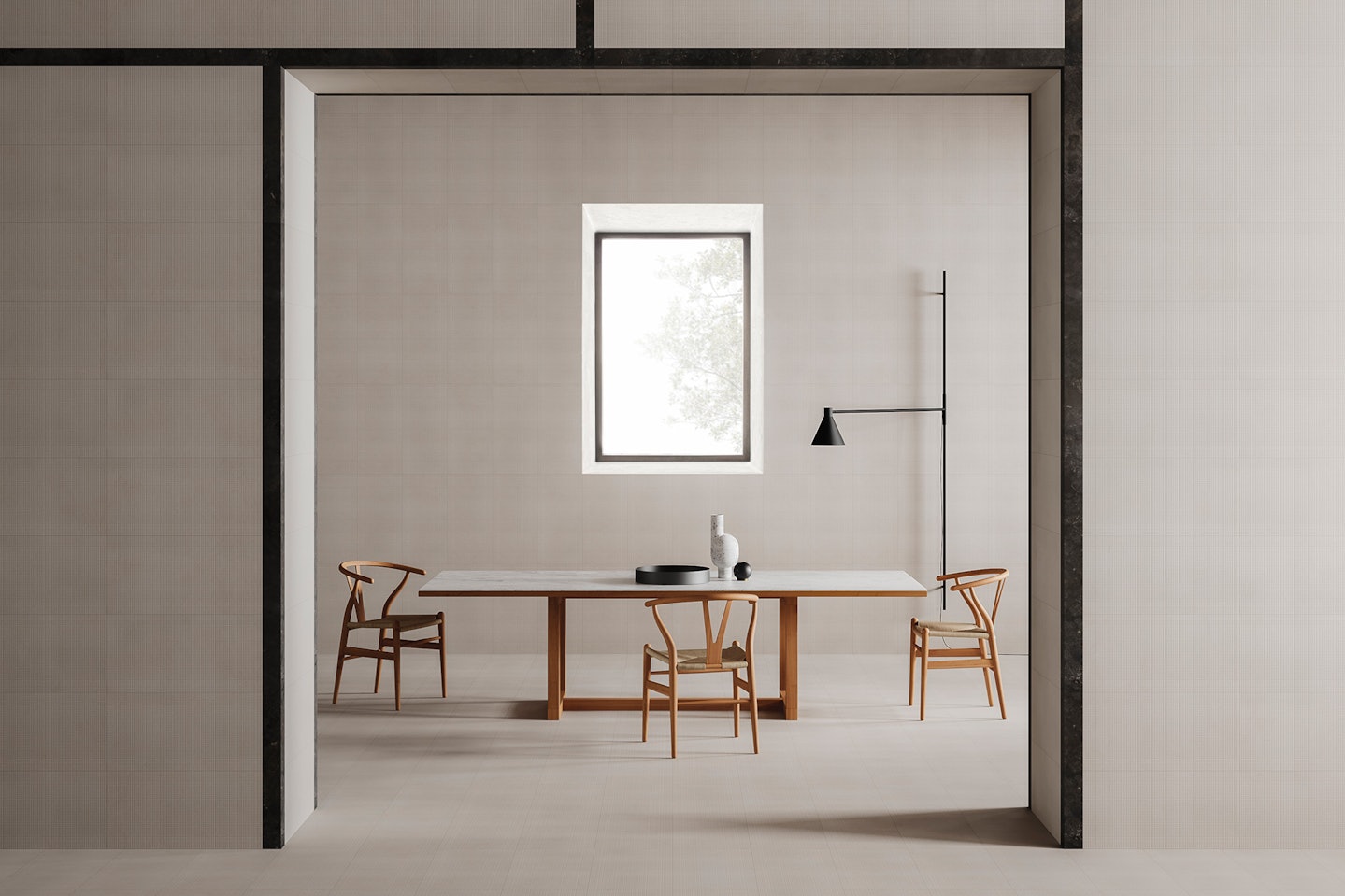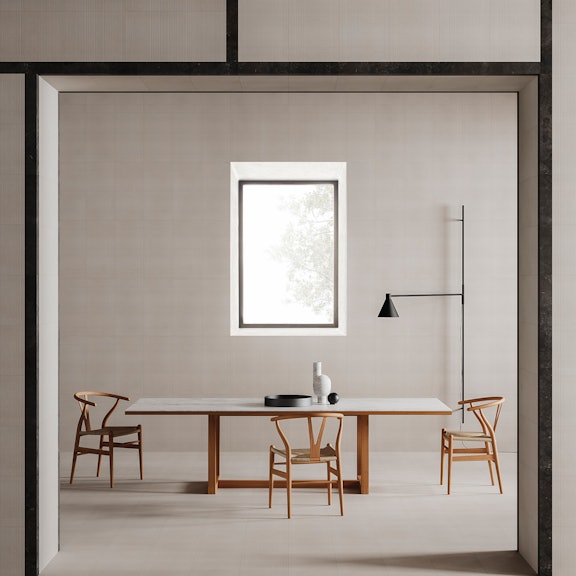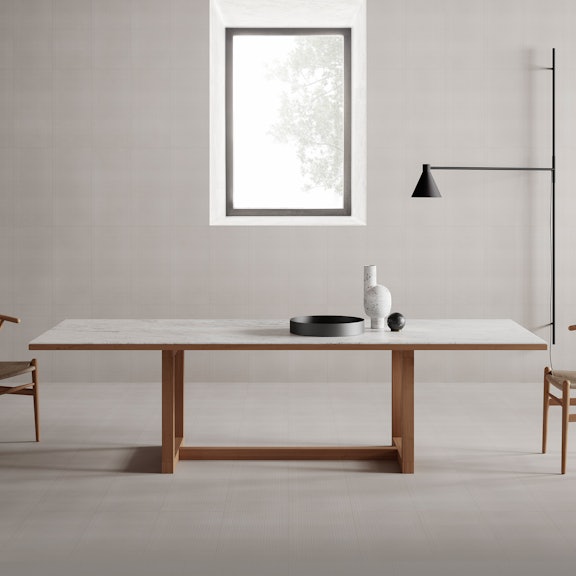The essence of Japanese design
03.2022
To design his Stone Tatami collection, Lissoni looked towards the ancient art of Japanese matting to find inspiration
“Were it not for shadow,” writes Japanese author Junichiro Tanizaki in his 1933 essay In Praise of Shadows, “there would be no beauty.”
Divided into 16 sections, the celebrated author spends fifty or so artfully written pages describing in great detail Japan’s delicate and mindful approach to aesthetics. From the discreet joys of traditional lacquerware to the visual intricacies of Japanese cuisine, to the pitfalls of the West’s over zealous approach to lighting, Tanizaki paints a picture of an aesthetic culture deeply concerned with authenticity, rigour and delight.
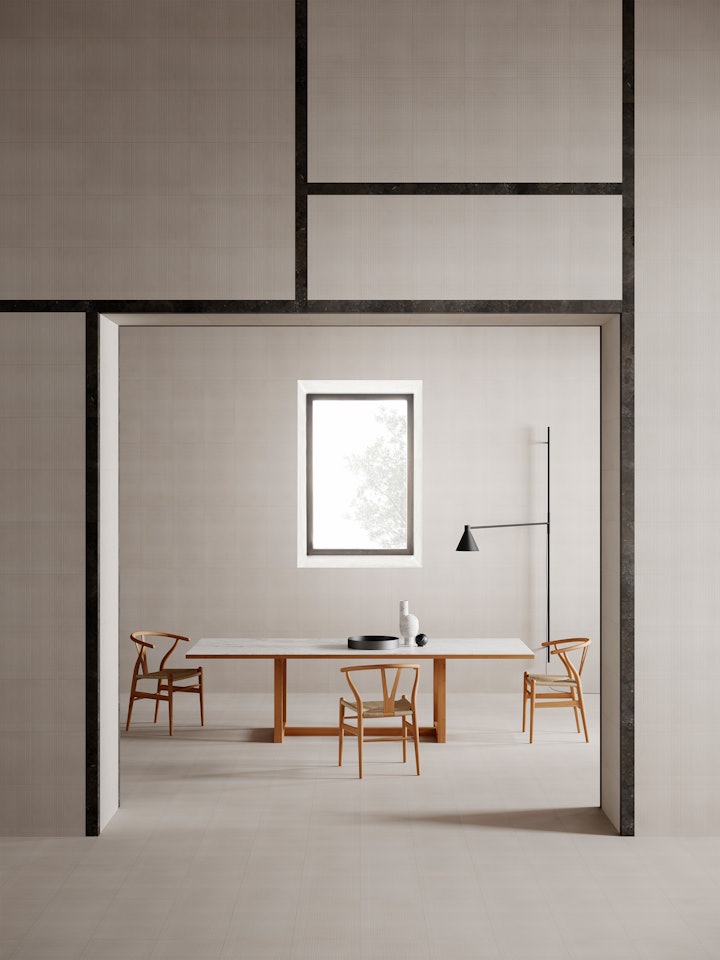
“We do not dislike everything that shines,” he writes, “but we do prefer a pensive lustre to a shallow brilliance, a murky light that, whether in stone or an artefact, bespeaks a sheen of antiquity.”
Almost 100 years since In Praise of Shadows’ first publication, the delicacy and nuance of Japanese design still very much holds a place in contemporary material culture. Living in an era that prizes disposability, cheap materials and easy gratification, the indispensable values of reduction, harmony and fidelity to craft are more important than ever. Paired with Salvatori’s long tradition of Made in Italy production, these are the tenets that greatly inspire many of the designers we collaborate with today.
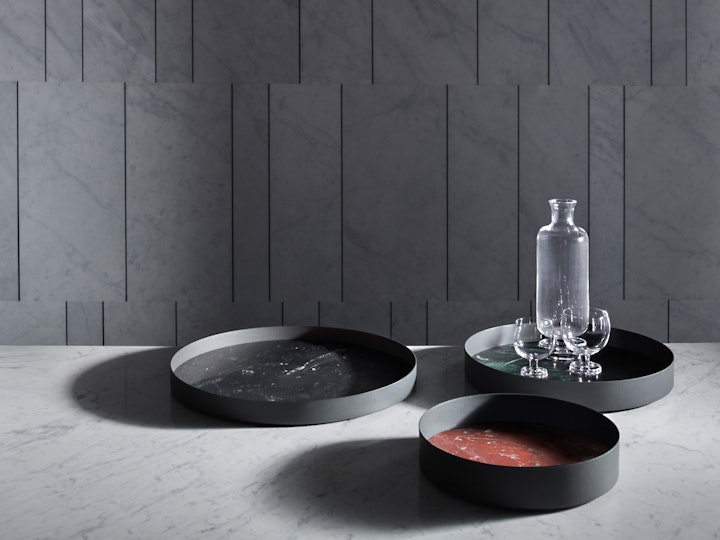
Milanese architect Piero Lissoni is known for his minimal, materials-focused approach to design. His longstanding partnership with Salvatori has resulted in a wide range of pieces and finishings that express the very best qualities of natural stone — harmoniously aligned with the immutable principles of Japanese aesthetics.
To design his Stone Tatami collection, Lissoni looked towards the ancient art of Japanese matting to find inspiration. Sectioned paper screens, used as room dividers in traditional Japanese homes, were translated using Salvatori’s natural stone, echoing the texture and tone of the typically-used rush and cotton. Pictured here within a mise-en-scène by fellow Salvatori designer Elissa Ossino and featuring Jon Pawson’s ‘Span’ table, the Tatami collection suffuses its surrounding with a remarkable sense of calm.
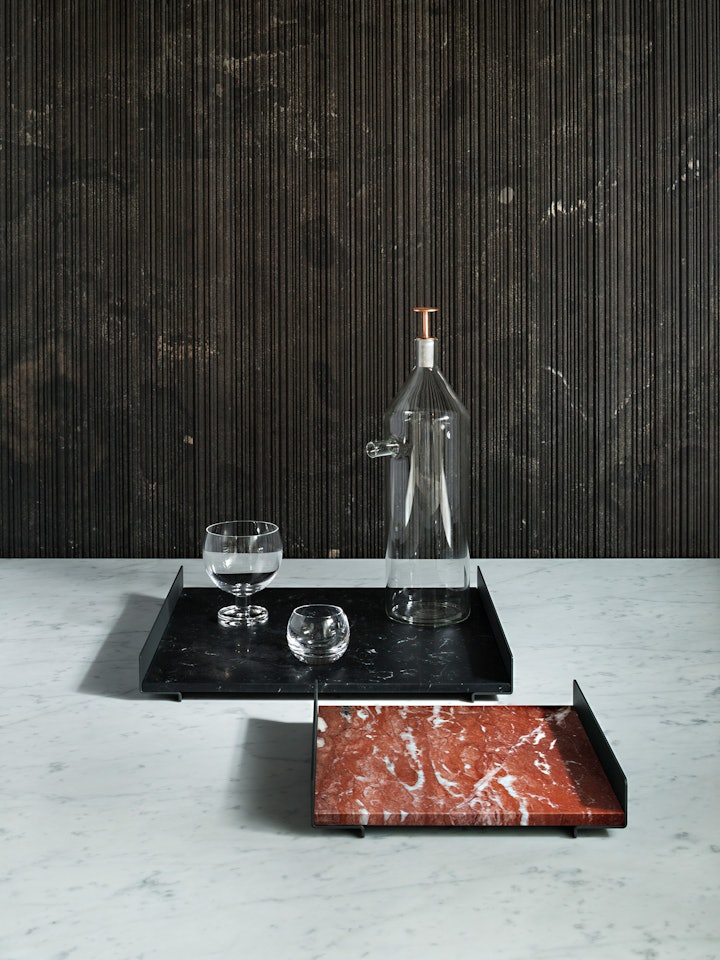
For his tabletop collection, Pietra, Lissoni’s pared-back elegance reaches the height of its form, morphing the noble material into a series of trays, bookends, door stops and side tables each carved from a single piece of black, white grey, red or green marble. The collection excites for more than just its visual appeal. The natural stone’s weight and feel have been carefully considered by Lissoni, resulting in a sumptuous and gratifying experience with each object. Every interaction is charged with a sense of permanence, a consequence of the natural stone’s enduring nature.
The careful control taken in designing these pieces easily lends itself to the comparison with Japanese design. Salvatori’s values — though solidly rooted within the tradition of Italian production — bring forth the best of both worlds. “The quality that we call beauty,” as Tanizaki says in his book, “must always grow from the realities of life.”
